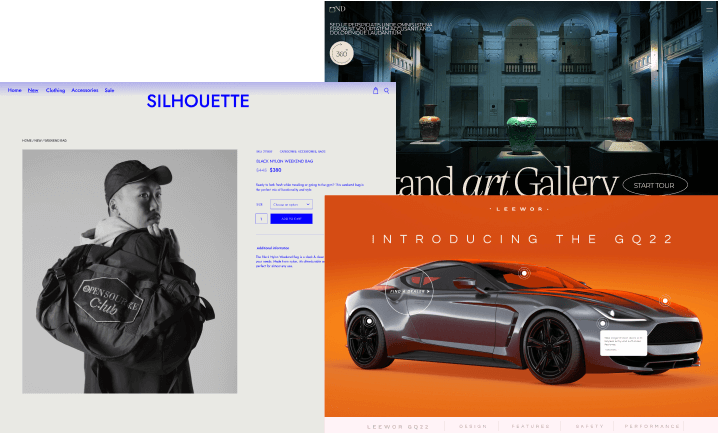A meta title is a text displayed on browser tabs and search engine result pages that indicate the web page topic.
A meta title is a crucial HTML element for site optimization. It’s not the web page headline but acts as a name tag for the page. Therefore, a meta title is also sometimes referred to as “page title,” “title,” or “title tag.”
Why Do You Need a Meta Title?
Writing strong meta titles is an essential and effective SEO practice to improve organic search engine ranking. Search engines analyze meta titles to examine the page topic and rank it accordingly.
Meta titles were essential to help a page rank higher in search engine results. Consequently, many web designers would write titles to cater to search engine bots, ignoring how they read to site visitors. However, writing a good meta title today involves making it natural and sensible to the reader while ensuring site relevance and integrating good keyword usage.
One can think of a meta title as a library card in a catalog where a search engine is the structured information index. The meta titles are meticulously arranged cards in the index.
Meta Titles: Best Practices
The following are meta title best practices and what to avoid.
Best practices:
- Adhere to a 55-character limit
- Be specific yet concise
- Make the keyword/keyphrase clear
- Incorporate important and pertinent power words
- Make the meta title interesting
What to avoid:
- Not creating a page title
- Making your meta titles too vague and short
- Exceeding 60 characters
- Keyword stuffing
- Not linking your title to the main content
Key Takeaway
When writing a meta title, read it aloud and ask yourself how it sounds. Suppose it doesn’t make sense that others know what you are talking about? Then you’re probably trying to satisfy search engines rather than connecting with your audience.
Ultimately, it is better to create human-friendly meta titles. In the end, it doesn’t matter how high your page ranks in search results if no one can understand your heading enough to click on it.




